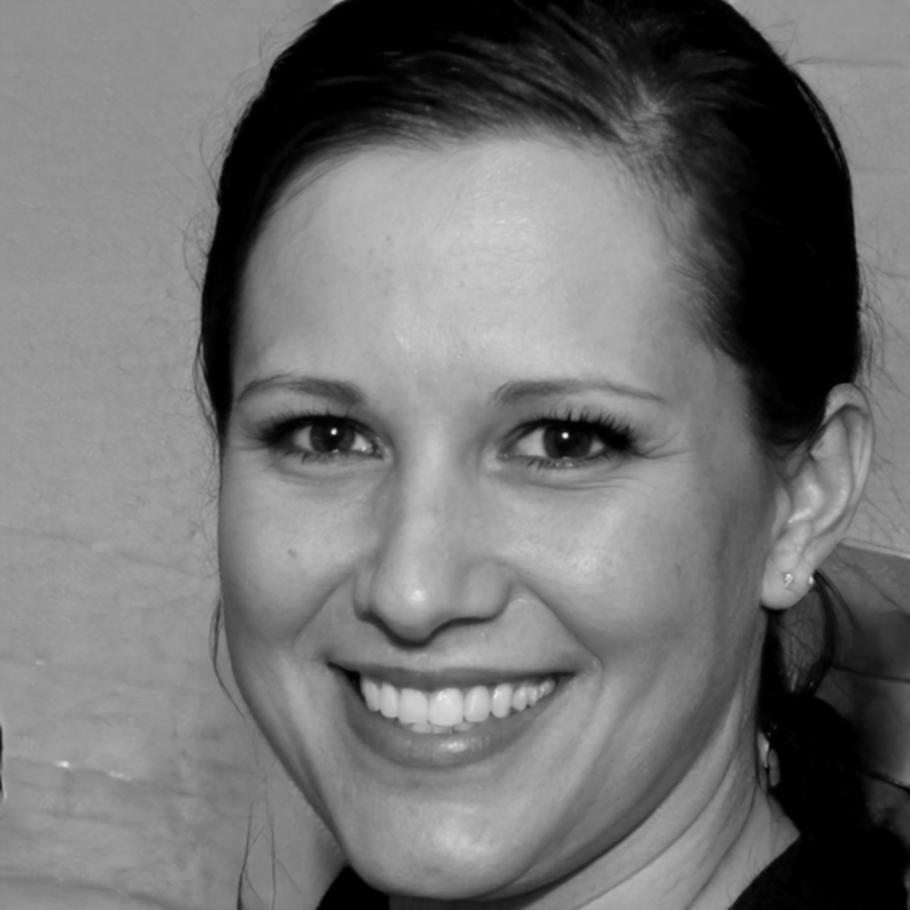Real Financial Training Built From Market Experience
We started cognitpulsewave in early 2023 after noticing a gap between what financial programs teach and what analysts actually need. Most courses throw theory at students without showing how it connects to real decisions.
Our approach came from years of working with portfolio managers who kept asking why new analysts couldn't value companies properly. The answer was simple – they'd learned formulas but not when to use them.
Starting With Questions That Actually Matter
Back in 2022, I was consulting with three investment firms in Seoul. Each firm complained about the same thing – recent hires knew DCF models but couldn't figure out reasonable assumptions. They'd plug in 15% growth rates for mature companies or discount rates that made no sense.
That's when we realized training needed to focus on judgment, not just calculation. By mid-2023, we'd developed our first module on comparable company analysis. Instead of teaching multiples in isolation, we showed students how to find truly comparable firms and adjust for differences.
The feedback surprised us. Students said they finally understood why certain metrics mattered in specific situations. One analyst told us she stopped second-guessing every number once she learned the logic behind valuation choices.

How We Think About Teaching Valuation
Financial analysis isn't about memorizing formulas – it's about developing a framework for making informed estimates when information is incomplete. That's what we focus on.
Context Before Calculation
We don't start with Excel. Students first learn to analyze business models, competitive positioning, and industry dynamics. Once you understand what drives a company's value, the math becomes straightforward.
Progressive Complexity
Our October 2025 program begins with asset-based approaches for straightforward businesses, then moves to earnings multiples, and finally to discounted cash flow for companies with predictable operations. Each method builds on the previous one.
Real Company Examples
Every technique is demonstrated using actual public companies. Students see how Samsung's capital intensity affects its valuation differently than Naver's asset-light model. Theory matters, but application matters more.
Who Actually Teaches These Programs
We're a small group – two full-time instructors and three industry advisors who review our materials quarterly. Everyone has at least eight years in equity research or corporate finance.

Siobhan Leclerc
Spent nine years as a buy-side analyst covering tech and consumer sectors. Now focuses on teaching relative valuation methods and comparable company analysis.

Casimir Flynn
Former investment banking analyst who specialized in fairness opinions. Teaches our advanced modules on cash flow forecasting and terminal value estimation.

What Guides Our Program Design
Practical Over Perfect
We teach students to make reasonable estimates with imperfect data. Real analysis involves assumptions and judgment calls – our training reflects that reality rather than pretending certainty exists.
Industry-Specific Context
A retail company needs different analysis than a biotech startup. Our materials show how valuation approaches vary by sector, with examples from manufacturing, services, and technology industries common in Asian markets.
Honest About Limitations
Every valuation method has weaknesses. We spend as much time discussing when not to use certain approaches as when to use them. Students learn to recognize situations where their models might mislead.
Iterative Learning Process
Most students need to value 15-20 companies before patterns become clear. Our September 2025 cohort will work through progressively complex cases, building confidence through repetition with variation.